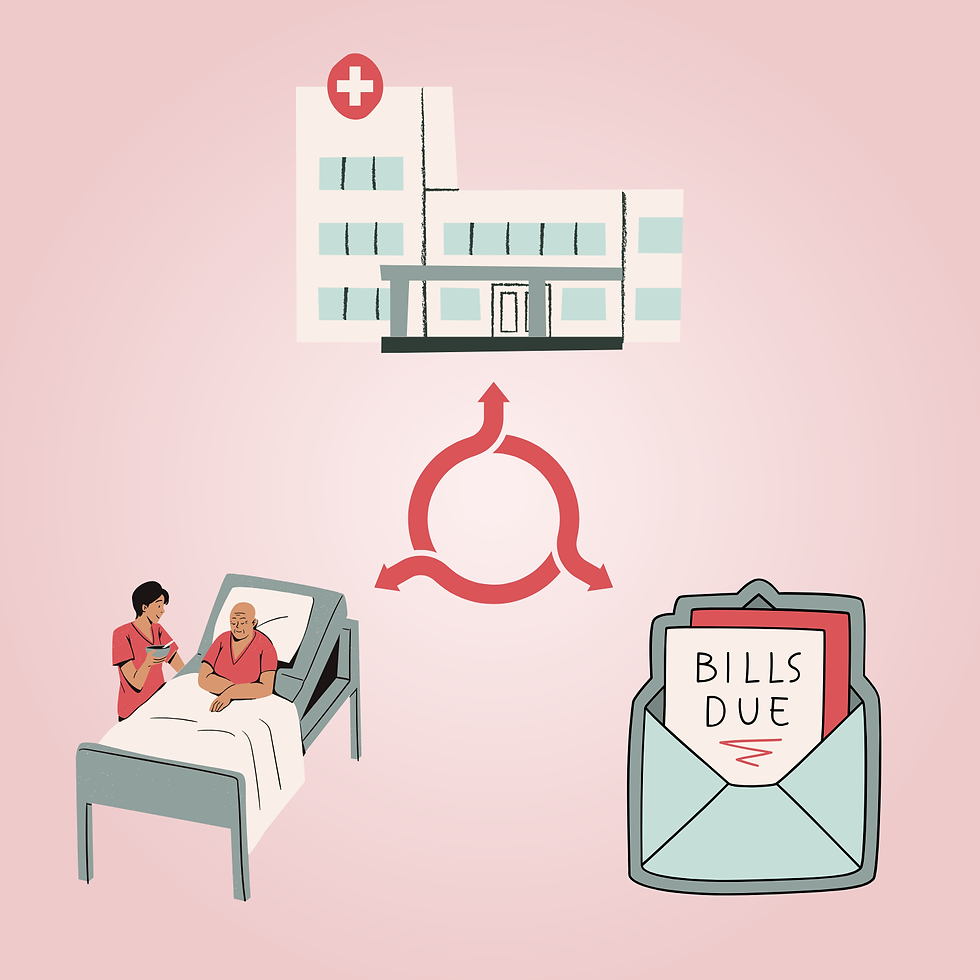Life-Saving Technology or Dystopia-Inducing Weapon: The Benefits and Risks of CRISPR
- Sarah Croog
- Nov 26, 2023
- 2 min read

A world in which expectant parents meet with scientists to determine their child’s height, hair color, and intelligence seems nightmarish; it is essentially eugenics disguised as societal advancement. Luckily, a society in which the fate of an individual is determined entirely by their genetic modifications is the premise of the movie Gattaca, not real life. A few years ago, this society was purely fictional. However, new technology has allowed gene editing to move beyond its science-fiction past into reality. In 2012, Jennifer Doudna and Emmanuelle Charpentier developed CRISPR-Cas9, a revolutionary tool for editing genes (“Jennifer A. Doudna,” 2020). This novel technology possesses the potential to cure treatment-resistant genetic diseases, giving patients a second chance at life.
Since its inception, its power and benefits have grown exponentially. Clinical trials have utilized the tool in treating cancers, sickle-cell anemia, hereditary blindness, type 1 diabetes, and more (Henderson 2022). Currently, CRISPR is on the cusp of moving past the trial phase, providing more patients with innovative treatment options. On December 8th, 2023, the gene-editing tool is projected to be approved by the FDA for treating sickle-cell anemia, and more approvals are certain to follow (Kolata 2023). CRISPR is continuously proving to be an essential tool that may completely change the field of disease prevention and treatment.
The potential of CRISPR speaks for itself, but the implications of implementing it must not be ignored. As with many emerging technologies in healthcare, CRISPR treatments pose equity concerns. This is especially apparent in the treatment of sickle-cell anemia. Just one CRISPR treatment can cost up to $500,000, an unreachable threshold for many (Molteni 2023). Furthermore, many countries in Sub-Saharan Africa, a region where sickle-cell anemia is especially prevalent, lack the infrastructure necessary for the procedure (Molteni 2023). Even though CRISPR has the potential to provide life-saving treatment, its lack of accessibility will only reinforce socioeconomic stratification. Efforts must be made to allow for CRISPR treatments to reach those who need it most, despite their community’s resources and their personal level of income.
Finally, the ethical implications of a tool like CRISPR are best described by Jennifer Doudna herself: “It was Adolf Hitler… He had a pig face and I could only see him from behind and he was taking notes and he said, ‘I want to understand the uses and implications of this amazing technology.” (Knoepfler 2015). CRISPR contains the promise of a cure for many, but in the wrong hands, it could easily become weaponized and misused as a tool to eliminate “undesirable” traits from a population. Doudna’s fears reflect that this is an all-too-real possibility and that rules and regulations must be established before releasing CRISPR into the hands of any scientists who desire it.
The discovery of CRISPR was undeniably an incredible step forward in technology, healthcare, and medicine. However, researchers must understand the complicated ethical dilemma of genetic modification before using this revolutionary tool. A line must be drawn to maximize the benefits of CRISPR while preventing its consequences, ensuring Doudna’s nightmare never becomes a reality.
Reviewed by: Megan Tandar
Graphic by: Sonali Patel



Comments